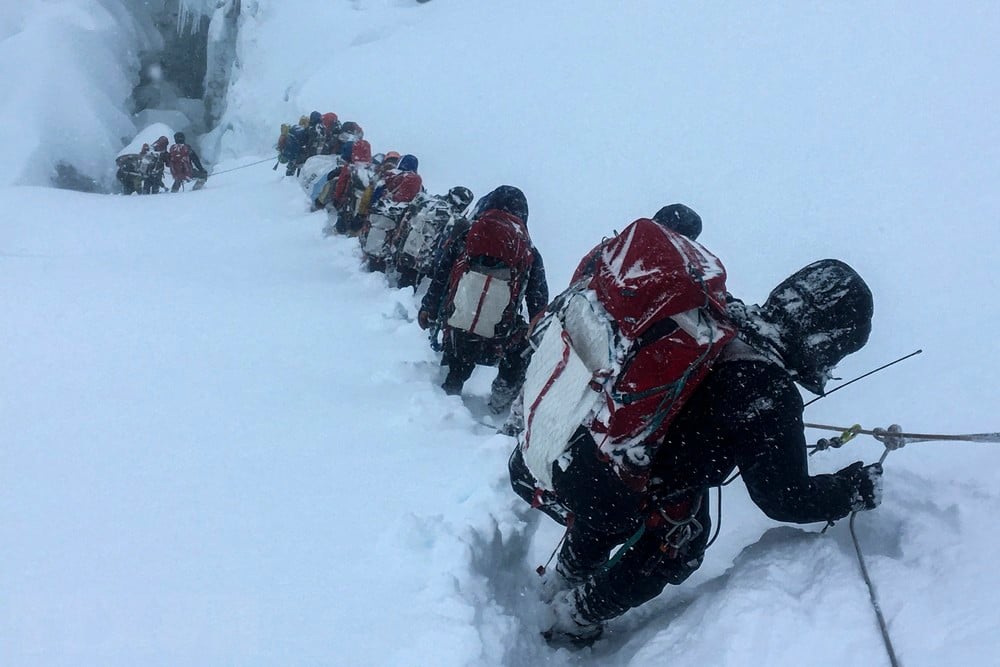
The only surviving member of the first expedition to reach the top of Mount Everest said the place known as the "roof of the world" has now become too crowded and dirty.
Kanchha Sherpa, 91, was one of 35 members of the expedition that helped New Zealand climber Edmund Hillary and Nepalese climber Tenzing Norgay conquer the 8,849-meter peak on May 29, 1953.
“It would be better if the number of climbers were reduced. There are always a lot of people on the top,” he said in an interview in Kathmandu on March 2.
Since the Hillary-Tenzing expedition, the peak has been increasingly sought after. During the spring 2023 climbing season, from March to May, 667 climbers reached the summit, along with thousands of support staff living in camps around the mountain.
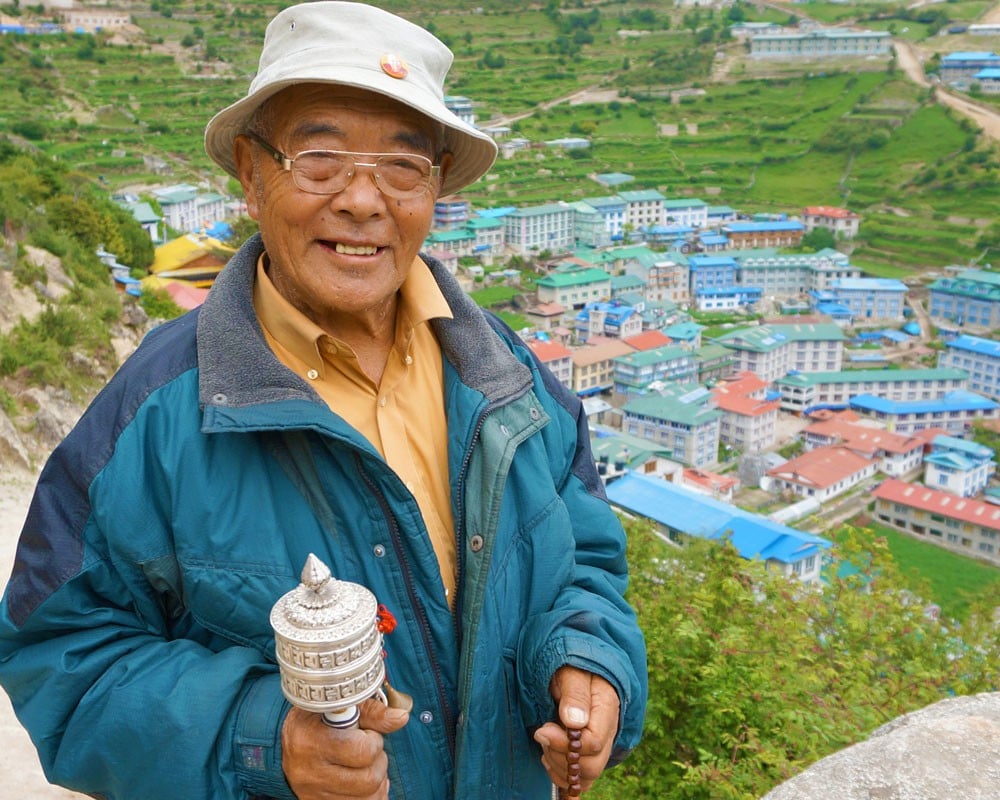
There have been warnings about the number of people living on the mountain for a long time, but the authorities have no plans to cut the number of permits they issue to climbers.
According to Nepalese government regulations, climbers are required to carry their waste down the mountain or lose their $4,000 deposit.
However, many people accept losing money and leaving trash on the mountain, while monitoring is difficult and ineffective.
“The mountain is so dirty now. People throw cans and food wrappers. Who will clean it up?” Kanchha said. “Some climbers throw trash into crevices. It’s hidden then. But then the snow melts and it washes everything down.”
For the indigenous Sherpas, Everest is Qomolangma, or mother goddess of the world, and is revered by the community. They often perform religious rituals before climbing to the top.
“They should not defile the mountain. It is our greatest god, and they should not defile the gods,” Khanchha said. “Qomolangma is the greatest god for the Sherpas, but they smoke, eat meat and throw it all on the mountain.”
Earlier, on June 5, 2023, a Nepalese army spokesman said an army-led environmental cleanup campaign had collected nearly 40 tons of waste left by climbers on Mount Everest and three other mountains.
Spokesperson Krishna Prasad Bhandari said three teams led by the Nepalese army collected trash on Mount Everest, Lhotse, Annapurna and Baruntse as part of a clean-up campaign from March 28 to June 5.
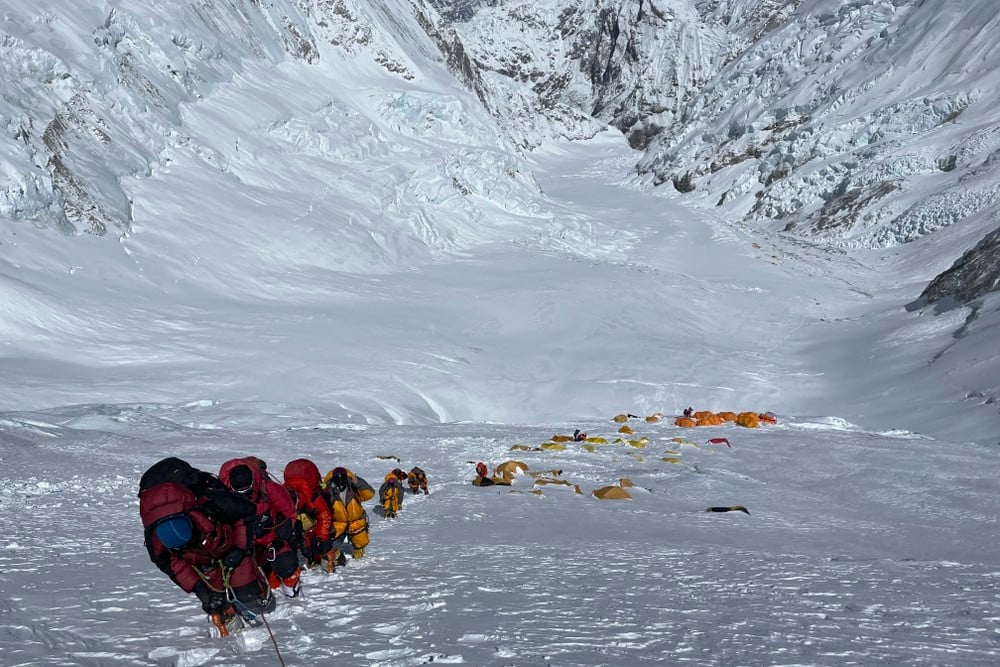
Kanchha was still a young man when he joined the 1953 expedition. He was one of three Sherpas who reached the final base camp on Everest along with Hillary and Tenzing, but could not continue because all three did not have permits.
They first heard the news of the successful expedition over the radio and were then reunited with the pair who had reached the top at Camp 2.
“We all gathered at Camp 2 but there was no alcohol so we celebrated with tea and snacks,” he said. “Then we collected whatever we could and brought it back to the camp.”
The route they opened from base camp to the summit is still used by climbers today. Only the section from base camp to the Khumbu Icefall base camp changes every year due to the instability of the falls.
Conquering Mount Everest has never been easy. Extreme weather conditions, safety concerns, inexperience and impatience of climbers have left many people stranded on the mountain.
More and more climbers are dying or going missing at icy altitudes. Others are suffering from frostbite or infections caused by pulmonary edema, a respiratory condition caused by too much fluid in the lungs.
Kanchha has four children, eight grandchildren and a 20-month-old great-grandchild. He lives with his family in the village of Namche, at the foot of Mount Everest, where the family runs a small hotel catering to trekkers and climbers.
HA (according to Vietnamnet)Source



![[Photo] General Secretary To Lam receives Russian Ambassador to Vietnam](https://vstatic.vietnam.vn/vietnam/resource/IMAGE/2025/4/2/b486192404d54058b15165174ea36c4e)
![[Photo] Third meeting of the Organizing Subcommittee serving the 14th National Party Congress](https://vstatic.vietnam.vn/vietnam/resource/IMAGE/2025/4/2/3f342a185e714df58aad8c0fc08e4af2)



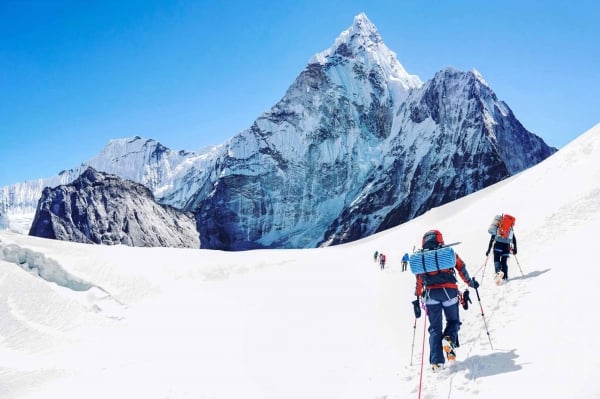

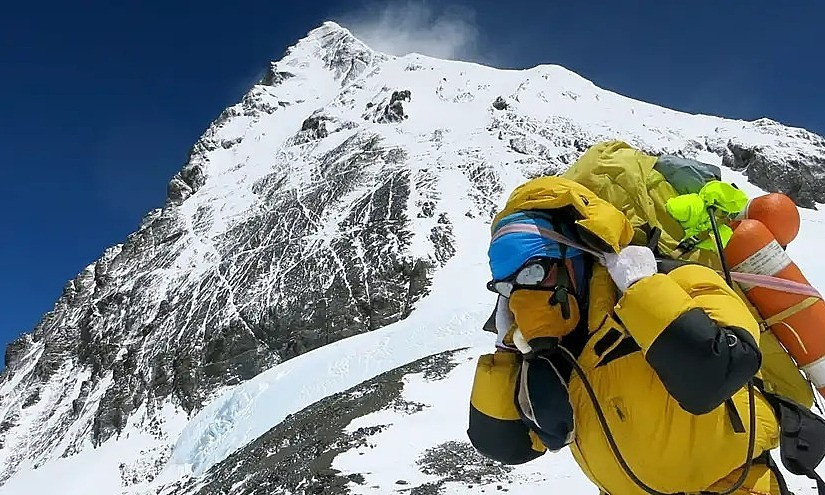
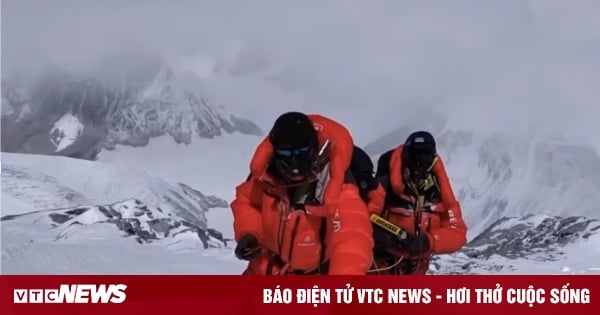

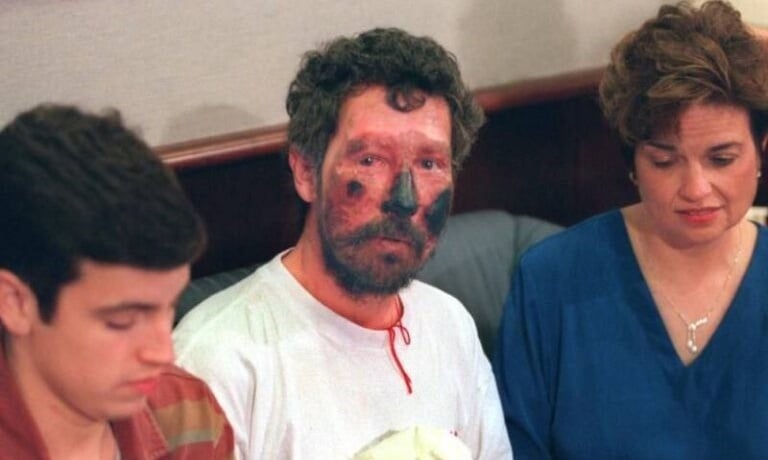

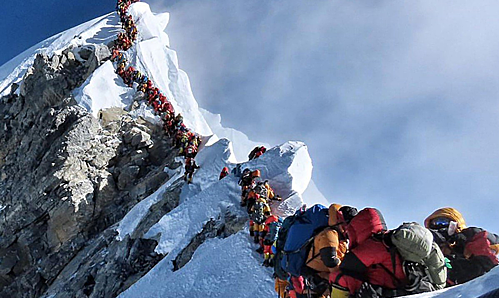
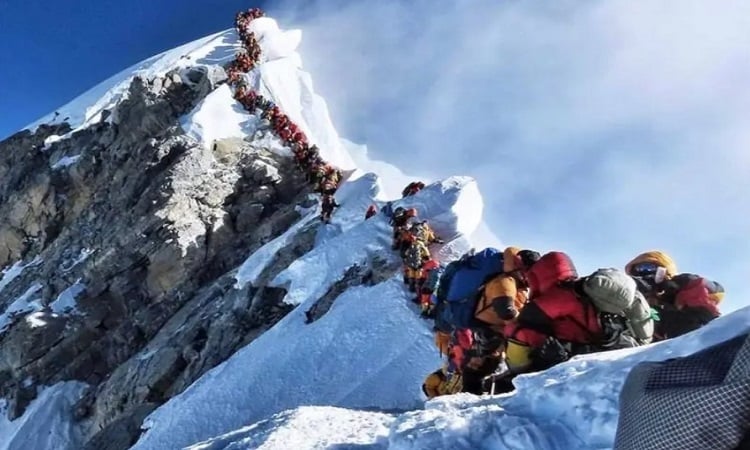
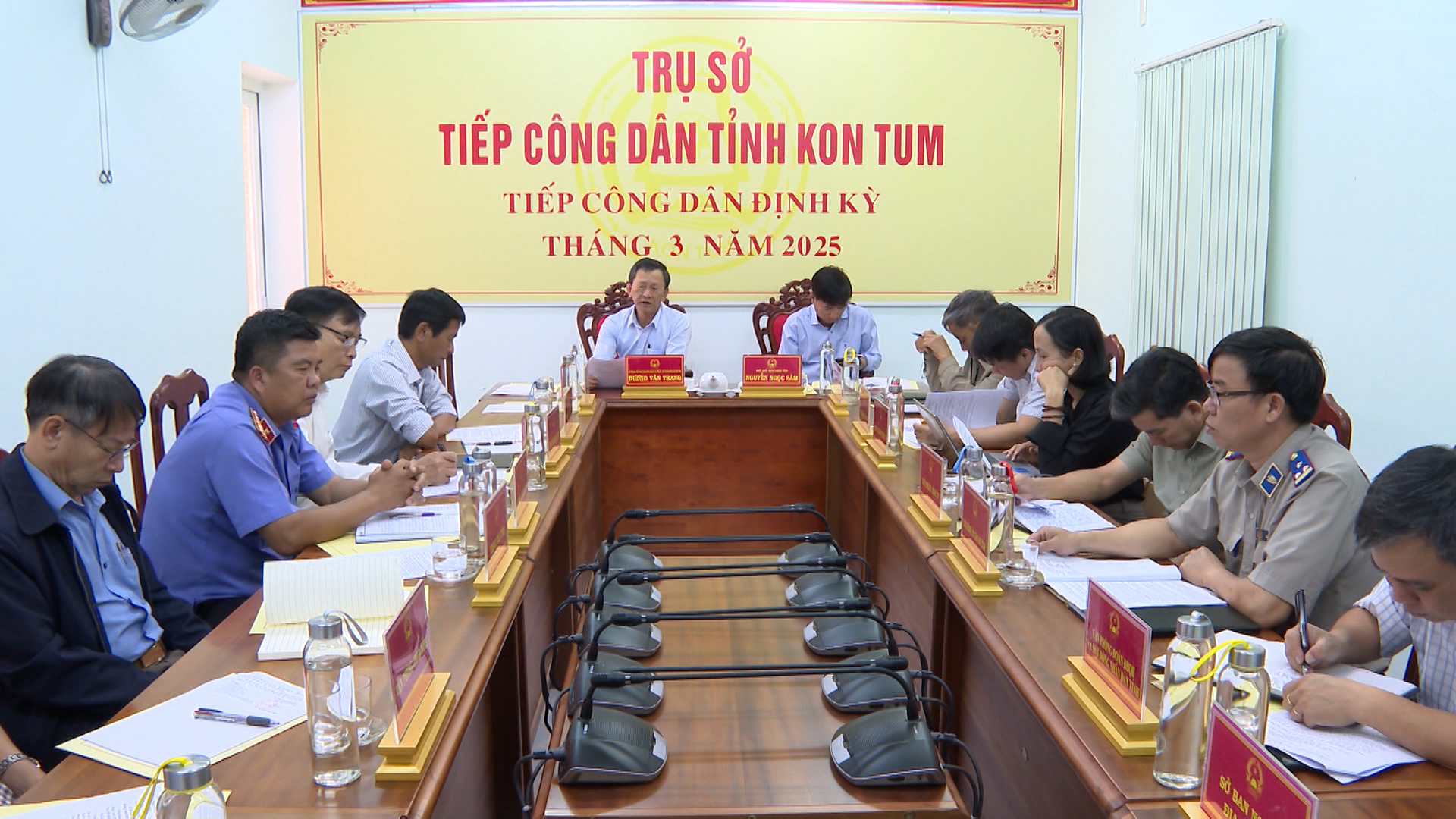

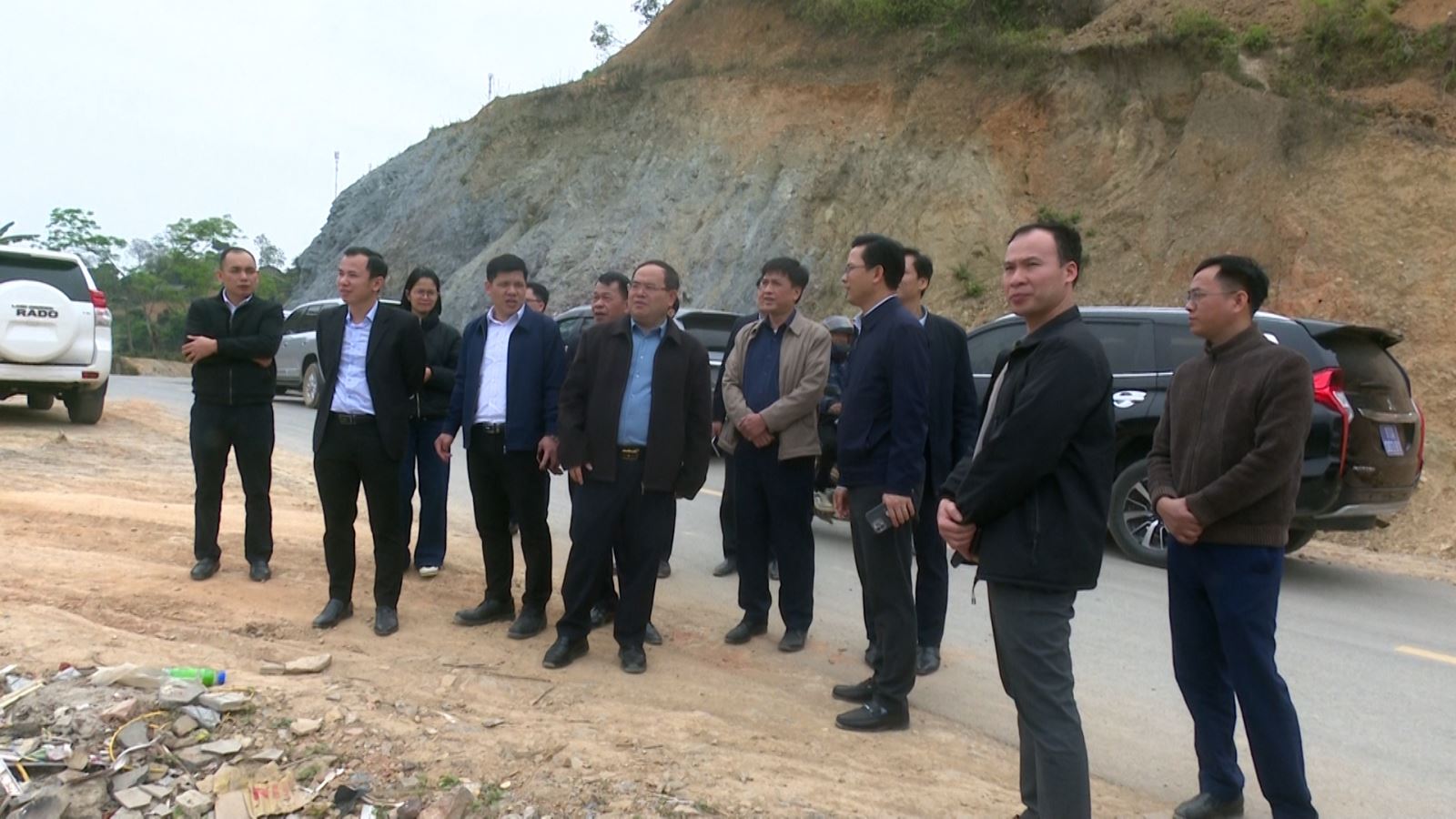

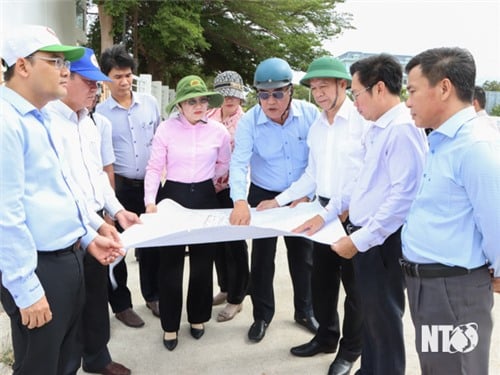




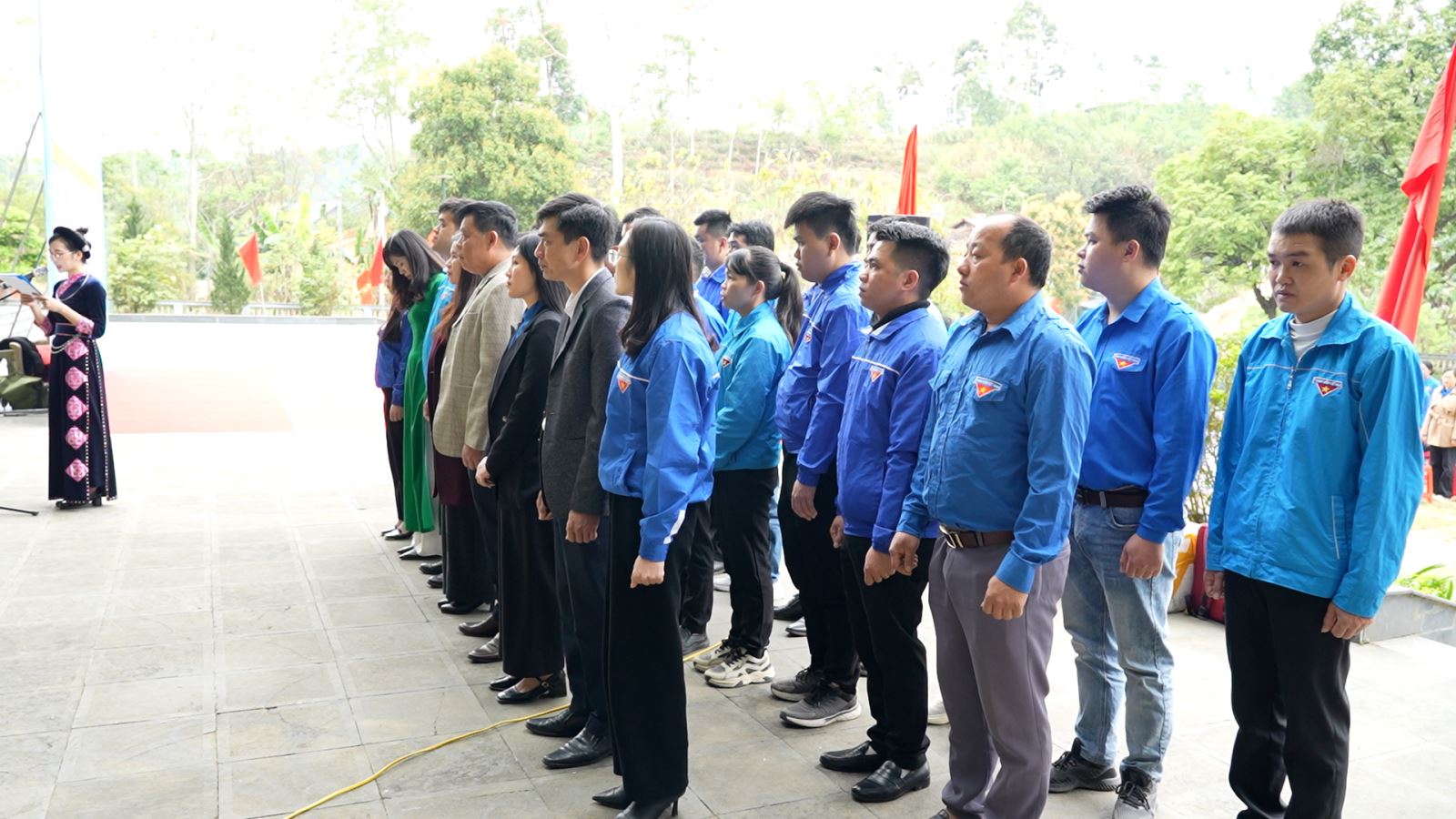





![[Photo] Relatives of victims of the earthquake in Myanmar were moved and grateful to the rescue team of the Vietnamese Ministry of National Defense.](https://vstatic.vietnam.vn/vietnam/resource/IMAGE/2025/4/2/aa6a37e9b59543dfb0ddc7f44162a7a7)




























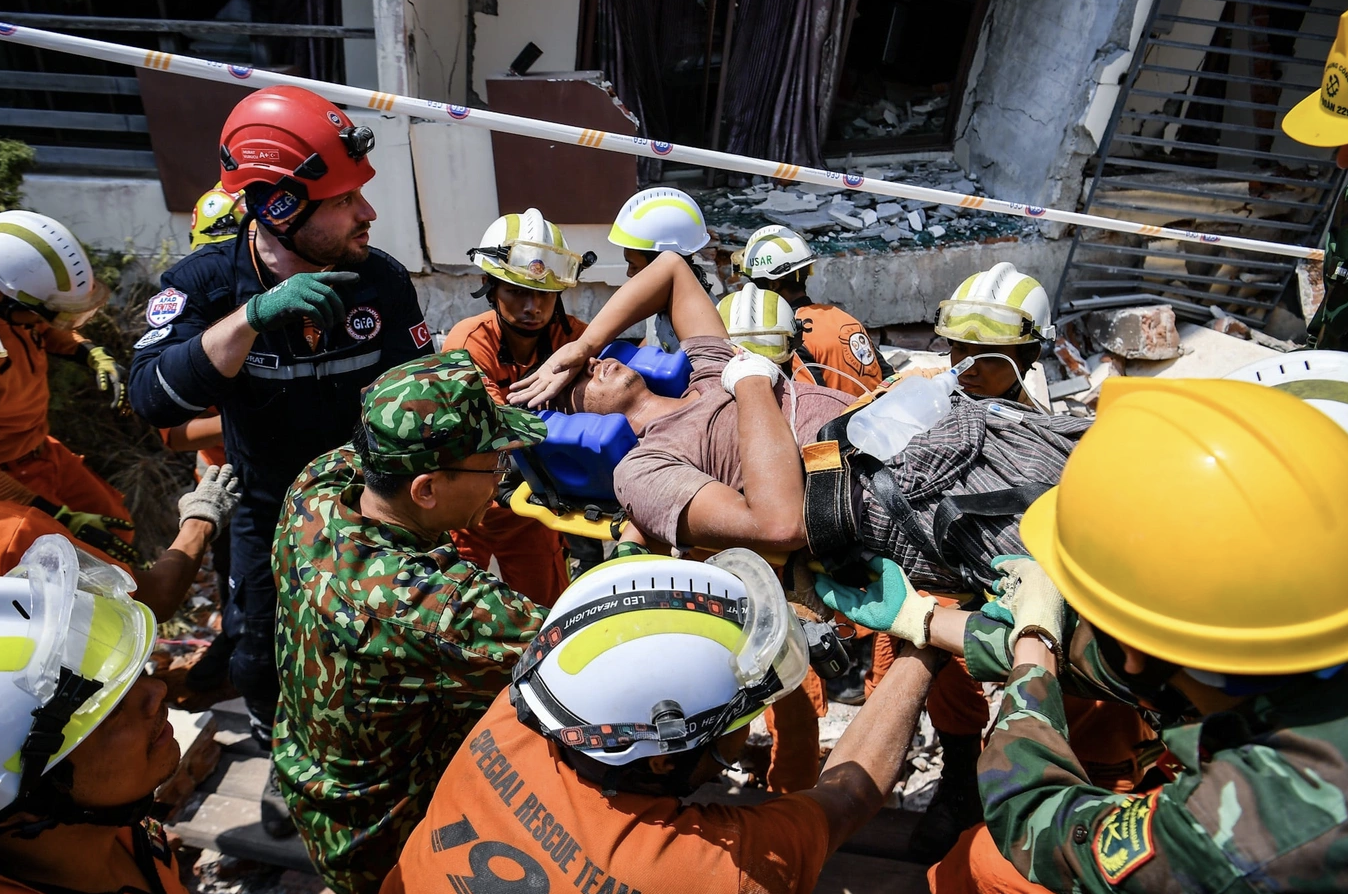





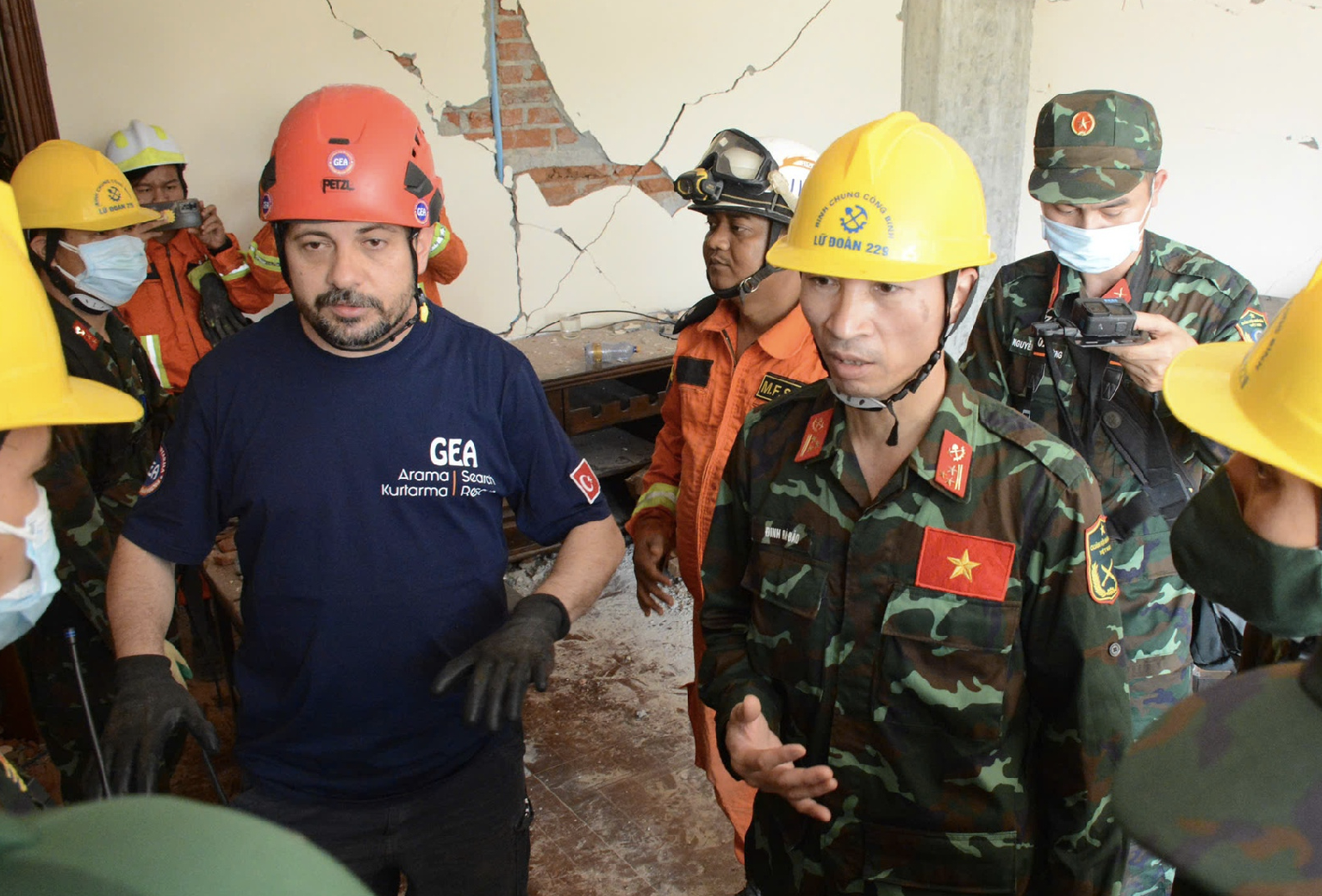














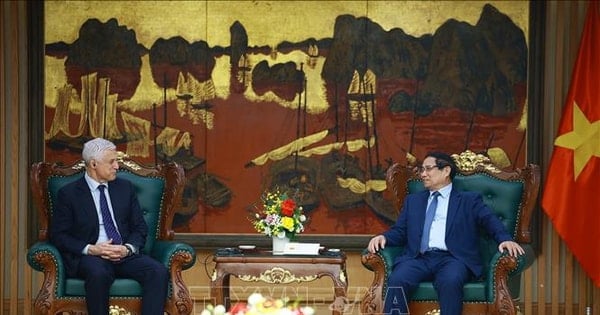

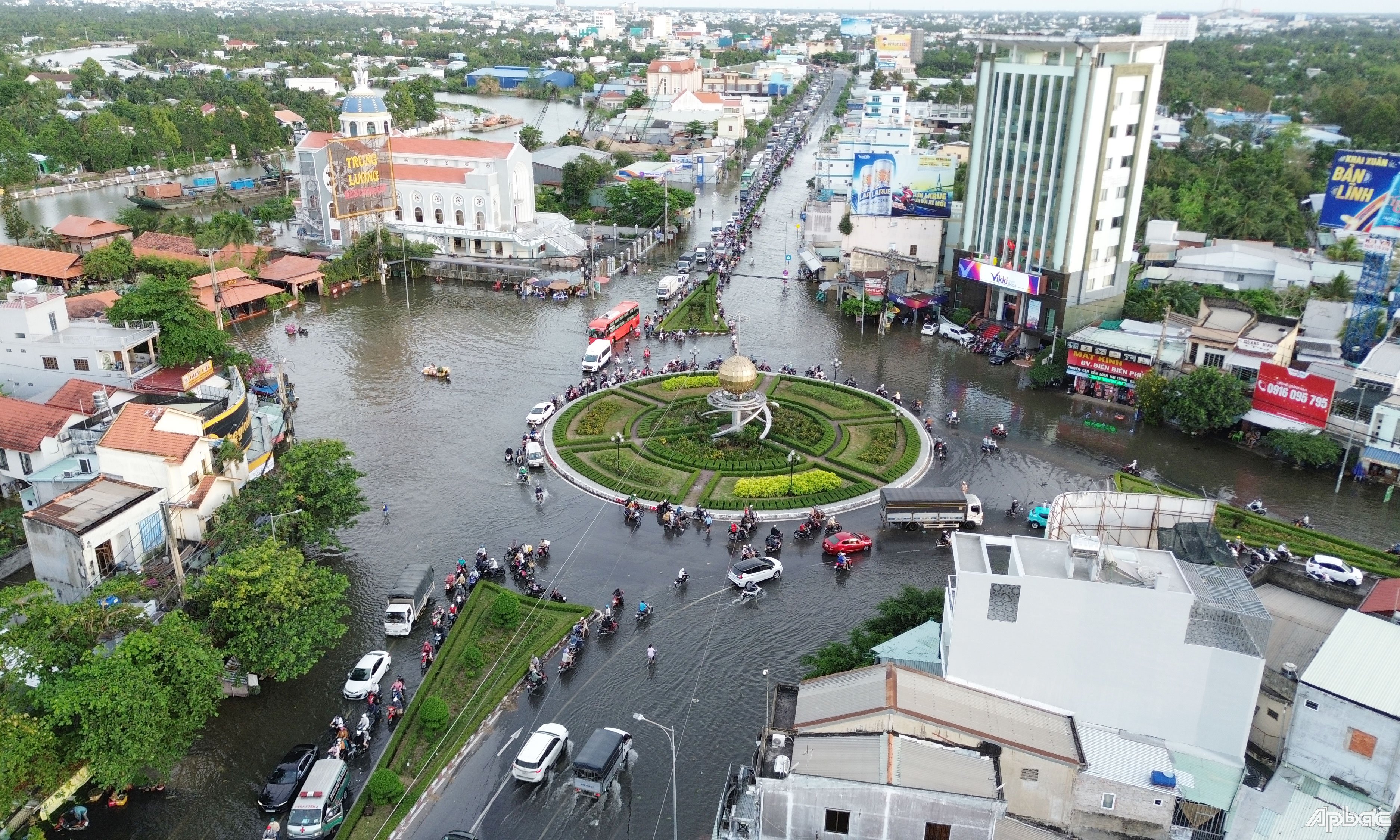













Comment (0)